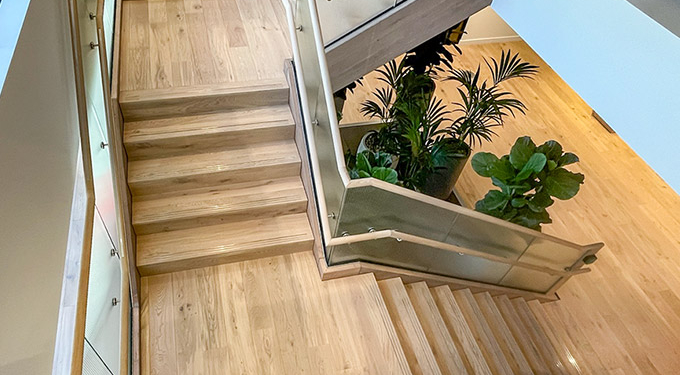Optoppen
Lightweight roof extensions — using timber and other bio-materials — increases the floor area in existing buildings, contributing to urban decarbonisation targets, densification strategies and more-efficient use of existing infrastructure. It’s the circular economy in action — a very low embodied carbon solution using today’s technologies.
Reusing existing building frames, and adapting and extending existing building stock, is a logical response to the challenges the construction industry faces in meeting climate targets. Lightweight vertical extensions increase the amount of additional floor area achievable using the capacity of existing foundations and structure.

Our team is experienced in all aspects of delivering this kind of project, many of which combine refurbishment, adaptation, retrofit, infill design, and facade extension, as well as optoppen and advanced timber engineering.
CONTACT : Kelly Harrison … k.harrison@whitbywood.com
See also Plotting our route to zero >







